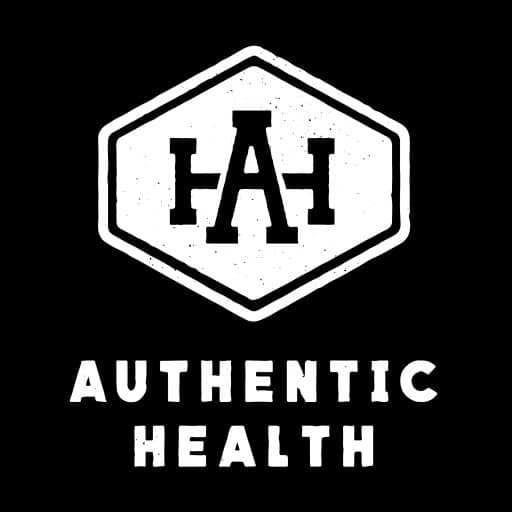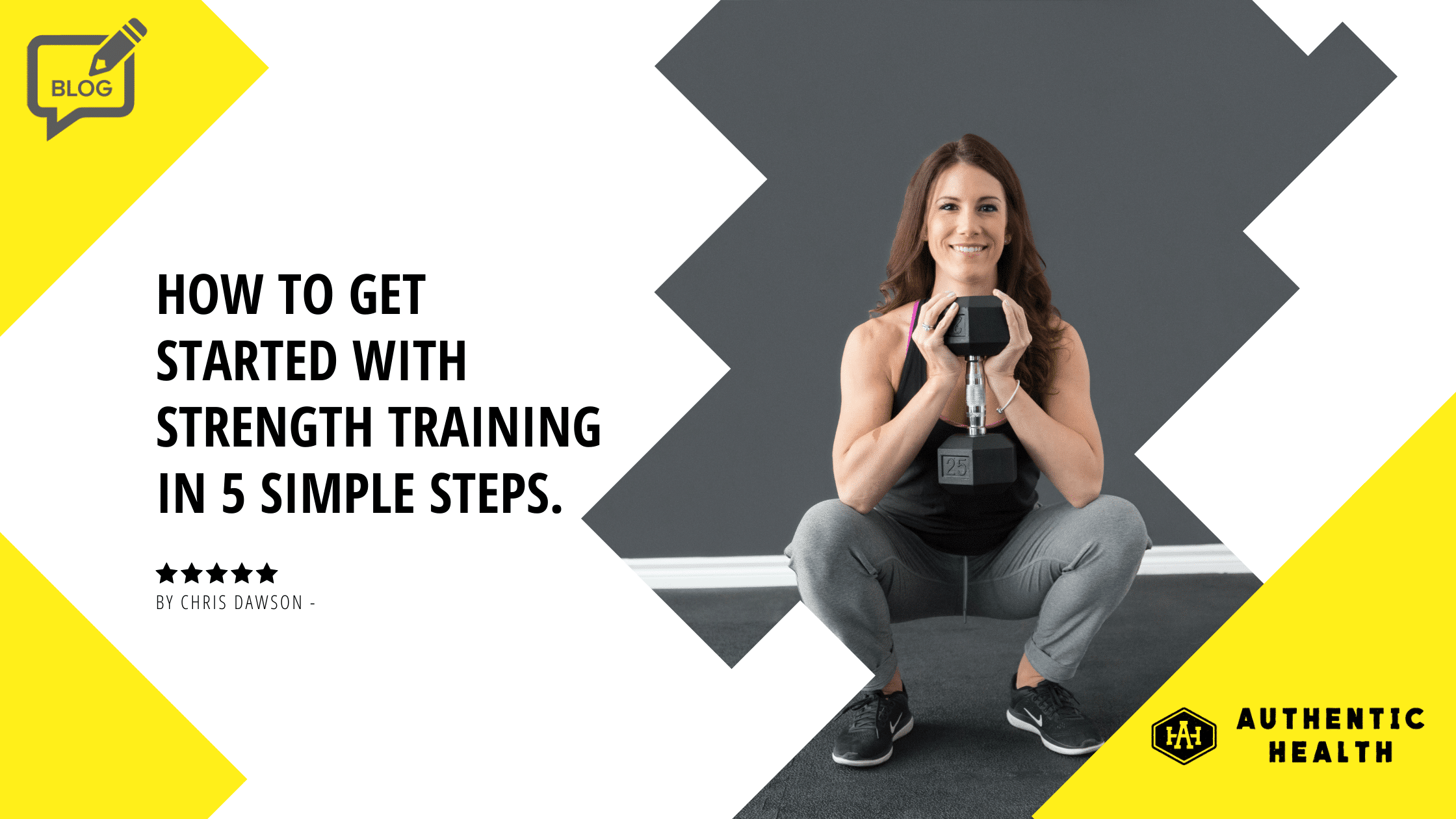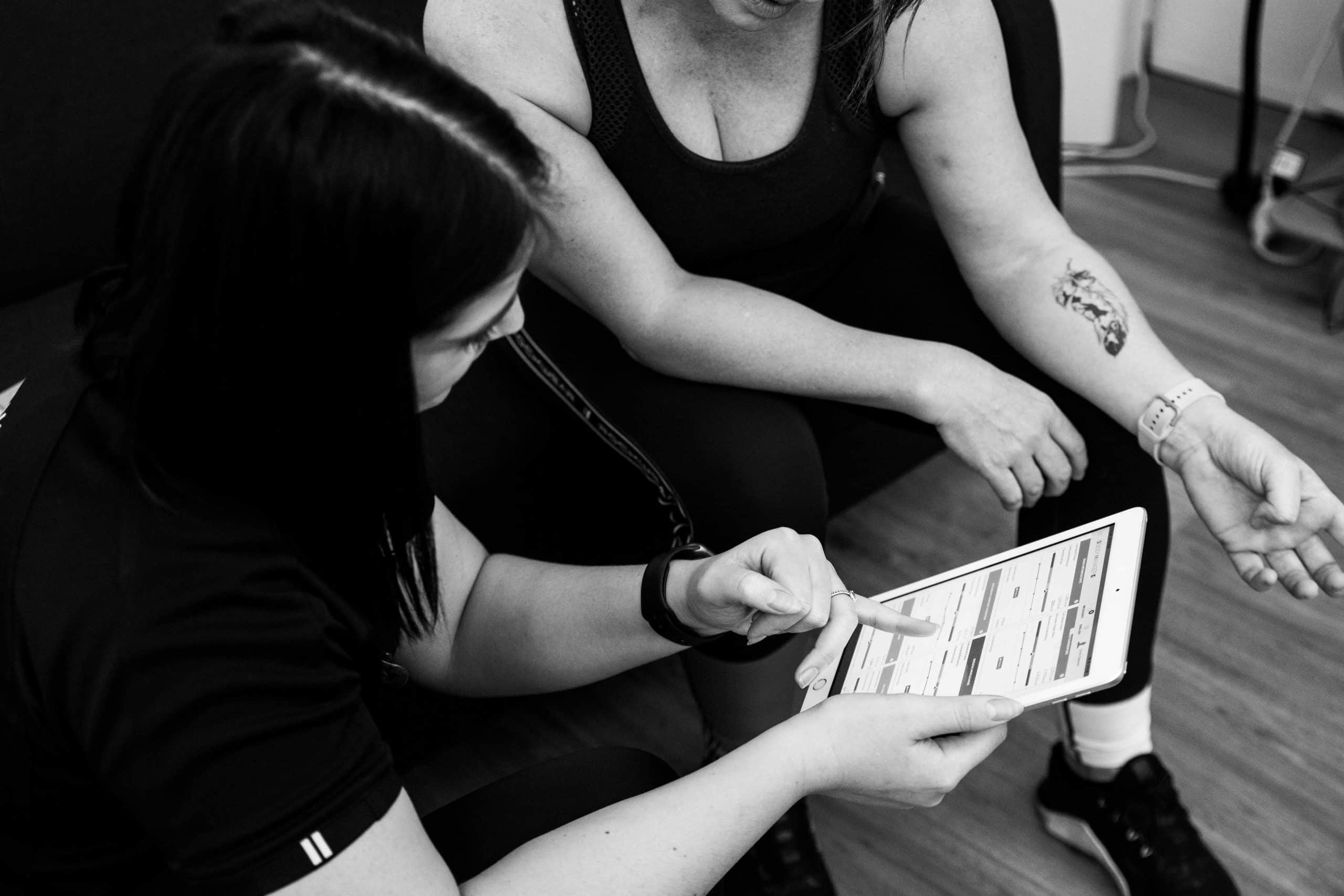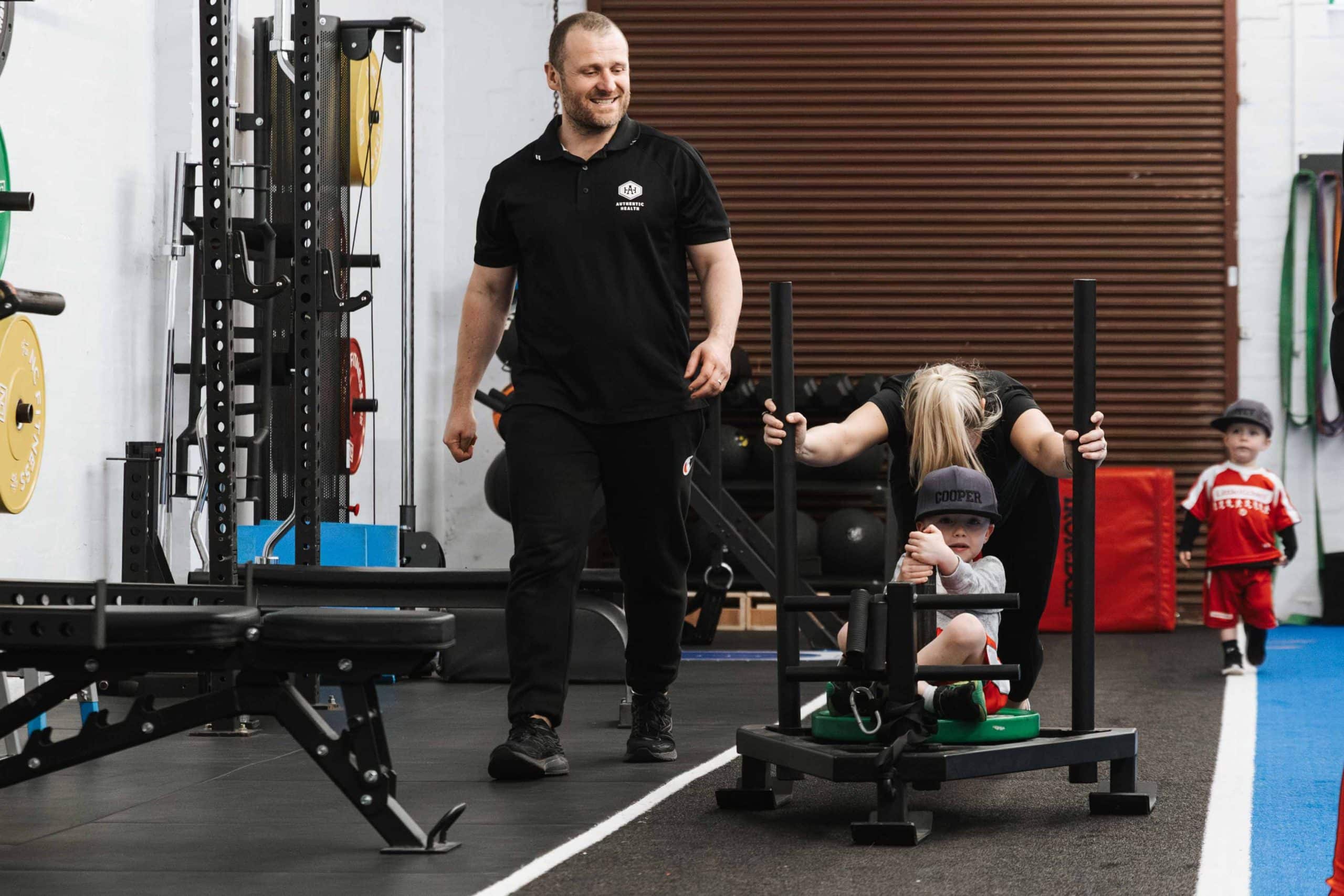Successful businesses have KPI’s, they plan. If you have children you know the importance of being organised. When it comes to starting out with any form of training it’s important we take this same approach if we want to stay healthy and achieve great results.
Strength training is an important component to every person’s exercise plan, that’s why it’s recommended by government organisations that everyone strength trains a minimum 2 days per week.
Whether you have never strength trained before or you’re looking to re-start after an extended layoff here is our tips to getting started with strength training;
Perform An Assessment
When it comes to exercise its only natural that we gravitate towards the types of exercise we enjoy. In many cases this is something we strongly recommend, but when it comes out to starting out with a strength training we recommend incorporating exercises you like and enjoy BUT first we must include exercises we need.
Working in one of the busiest gyms in Melbourne I would often witness new members starting with exercises like back squats, barbell deadlifts, and the bench press when it was clear they shouldn’t be. Sure these are the ‘fun’ exercises and we are led to believe we need to do these to get great results, but first we must ask ourselves the ‘am I ready to perform this lift’ and ‘if not what are the limiting factors stopping me from doing these lifts safely?’
We highly recommend going through some form of assessment that identifies these movement limitations. From there, based on your assessment, you might start with goblet squats instead of back squats, incline push-ups instead of bench press, or glute bridges instead of deadlifts. Taking this approach should help you become more resistant to injury and enable a foundation for long term success.
Follow A Program
If you have taken the time to go through a proper assessment that has identified your limiting factors it now makes sense that you either create or adopt a training program that helps you improve the identified weaknesses. A personalised program is always going to be best as it can be written with your needs and wants in mind. The more personal it is the more likely you are to execute it well and get great results.
For someone who is new to the gym and without any acute pain they will benefit from a program that is generalised rather than focusing on one or two movements. Human beings going about their normal day are going to be exposed to a number of different movements so it makes sense we prioritise movements that build your hinge pattern, squat pattern, lunge pattern and enable us to upper body push, pull, and rotate while also being able to perform loaded carries relative to the life we live.
Follow A Progression Strategy
Whether this is the first week back after an extended break or the first time you have ever lifted weights you need to proceed with caution. One of the main precursors to injury is when the body is not conditioned to withstand the stressor (training) you are putting it through.
We recommend starting with exercises and weight where you can perform a reputable 15 reps yet stopping at 10 to 12 reps, while also giving your body enough time between workouts to recover (usually 48 hours).
If you are choosing to add weight each week we recommend only progressing by 5 to 10 percent to avoid overloading the body and increasing your risk of injury. Other ways you can create progression is by adding a few extra reps, an extra set all while still maintaining a safe standard with technique.
Record Your Progress
There is so much we can learn from professional sporting organisations, possibly one of the most important for regular gym member is monitoring their progress. It’s very hard to properly and safely apply your progression strategy using the principle of progressive overload if you’re not recording the exercises, sets, reps, and weights you have done previous weeks.
Without monitoring your progress you once again leave yourself open to doing either too much (increasing risk of injury) or too little (decreasing your chance of achieving results). There are apps that you can choose to record your workout or even just the notes section of your phone is sufficient.
Nutrition For Strength Training
building lean muscle is an anabolic process and many people make the mistake of performing gruelling strength training sessions while using caloric restricted diets.
We recommend that if you’re using strength training as part of your weight loss strategy try doing so by cycling between days of caloric restriction and days eating either maintenance calories or even a slight calorie surplus. While this might mean you slightly slower weight loss it can decrease the risk of injury and help preserve lean muscle tissue.
As you can see from these 5 simple tips it’s essential that you have a plan in place or you do risk the chance of being unsuccessful achieving your goals or worse run the risk of injury.
Yours In Health & Fitness,
Chris
P.S.: Whenever you’re ready… here are 3 ways I can help you during Melbourne’s latest isolation:
1. Join Our Virtual
Isolation is no excuse to put your fitness on hold, we are running daily classes up to 3 times a day to bridge the gap between now and when gym’s re-open. Just reply HERE
2. Join Us For 1: 1 Training.
We realise group training is not for everyone, we also know many of you have goals that are personal to which is why we offer a personal approach specifically for you. Just reply HERE with ‘Personal Training’ in the subject line.
3. Get a personalised online training program.
If you have the motivation but need us to design you a program that works we can design you a fully personalised online program in under 24 hours. Just reply HERE and put “Online Programming” in the subject line, and I’ll get you all the details!




